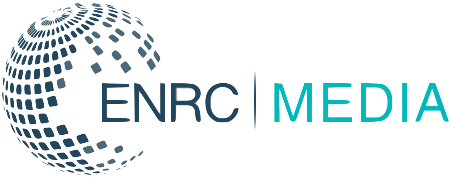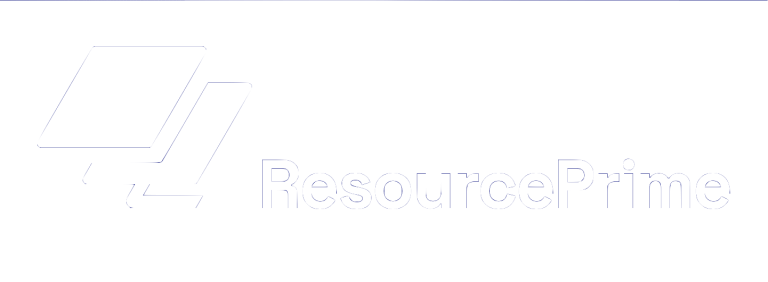The Democratic Republic of Congo (DRC) is undergoing a critical transformation in its energy sector. While the country boasts immense hydropower potential and mineral wealth, its households are overwhelmingly dependent on traditional biomass for cooking. Over 90% of the population uses charcoal or firewood, leading to massive deforestation, significant indoor air pollution, and dire health consequences, particularly for women and children. Recognizing this crisis, the DRC government has embarked on a clean cooking transition strategy centered on Liquefied Petroleum Gas (LPG) and improved cookstoves. This strategy, if successfully scaled, could serve as a model for other Sub-Saharan African countries.
The Foundation: Strategic Vision and Institutional Support
The DRC’s clean cooking strategy stems from its broader national energy policy goals of reducing deforestation, improving public health, and expanding energy access. Anchored in the 2014 Electricity Law and reinforced through the strategic guidance of institutions like the Autorité de Régulation du secteur de l’Electricité (ARE), the DRC has increasingly opened its energy market to private investment, including off-grid and clean cooking initiatives. Institutions like ANSER, the national agency for rural electrification, have been mandated to support decentralized energy services, with clean cooking forming a key pillar.
The government has launched early-stage partnerships with development agencies and private companies to test business models for LPG distribution and improved cookstoves. These pilots, many supported by international partners such as Power Africa, the World Bank, and the Global Energy Alliance for People and Planet (GEAPP), offer critical insights into what works in a low-income, logistically challenging context.
Lessons from Pilot Projects: Learning What Works
Early pilot projects across Kinshasa, Goma, and Lubumbashi have revealed that affordability, supply chain logistics, and user education are central to market development. Programs offering micro-finance options and pay-as-you-cook models have boosted adoption. Local NGOs and women-led cooperatives have played essential roles in promoting behavioral change, particularly around the safe use of LPG.
One standout pilot in Goma bundled clean cooking with health awareness campaigns and subsidized starter kits. The result: a 65% reduction in reported respiratory symptoms among participating households and a 40% reduction in charcoal consumption within the first six months. However, pilots also exposed supply fragilities, such as intermittent LPG availability due to poor transport infrastructure and limited bulk storage.
Policy and Fiscal Reforms: Laying the Groundwork for Scale
To transition from pilot to national market, the DRC government is implementing key fiscal and regulatory reforms. First, import duties on LPG appliances and cylinders have been reduced, and VAT exemptions are under discussion. Second, the government, through ARE, is establishing safety standards and licensing protocols to ensure quality and mitigate risks of LPG handling.
Crucially, the Ministry of Finance is working on a results-based financing framework to subsidize last-mile distribution and incentivize local entrepreneurs. The central bank is also exploring guarantees to de-risk clean cooking loans for micro-finance institutions. The regulatory framework encourages mini-grid and off-grid actors to bundle electricity and clean cooking offerings, thereby optimizing customer acquisition costs.
Local Manufacturing and Supply Chains: Building Domestic Capacity
DRC’s clean cooking strategy places a strong emphasis on developing local manufacturing and assembly of improved stoves. Through industrial zones supported by the Ministry of Industry and SME programs, local production has started in provinces like Katanga and Kongo Central. These facilities not only reduce import dependence but create jobs, particularly for youth and women.
However, for LPG, the supply chain remains highly centralized and import-dependent. The lack of sufficient bulk storage, poor road connectivity, and low cylinder circulation present major hurdles. Innovative private logistics firms have begun experimenting with decentralized refilling centers and cylinder tracking systems using digital platforms.
Implementation Barriers: A Realistic Assessment
Despite its promise, the clean cooking transition in DRC faces substantial barriers. These include:
- Affordability: Even subsidized solutions remain out of reach for many, requiring tailored financing mechanisms.
- Infrastructure Deficits: Only a fraction of roads are passable year-round, limiting LPG transport.
- Cultural Practices: Traditional cooking habits are deeply ingrained and vary across ethnic groups.
- Regulatory Gaps: Enforcement of safety and quality standards is still nascent.
- Gender Gaps: While women are central to household cooking, their involvement in clean cooking value chains is still limited to promotion, not ownership or supply.
Opportunities for Acceleration: Pathways Forward
To catalyze market growth, the DRC and its partners can focus on the following strategies:
- Expand Results-Based Financing (RBF): Link subsidies to verified adoption outcomes, particularly in underserved rural zones.
- Boost Local Distribution Hubs: Incentivize regional LPG depots and train rural distributors.
- Public Awareness Campaigns: Partner with health centers, radio stations, and schools to educate on clean cooking benefits.
- Gender Integration: Empower women as full value chain participants—from micro-distributors to stove manufacturers.
- Digital Platforms: Scale mobile-based payment and tracking for LPG refills and stove servicing.
A Model for Sub-Saharan Africa?
The DRC’s sheer scale, diversity, and logistical hurdles make its clean cooking transition one of the most complex on the continent. Yet, this also positions it as a high-impact frontier. If the DRC can demonstrate a replicable pathway to transition millions from charcoal to cleaner fuels, the lessons learned could inform similar efforts across West, Central, and East Africa.
By aligning fiscal policy, leveraging local manufacturing, engaging women, and building viable public-private partnerships, the DRC is laying the foundation for long-term transformation. While challenges persist, the momentum is real—and the stakes, for health, forests, and livelihoods, could not be higher.
- The Dual Path to Sustainability: How the Republic of Congo Is Leveraging Both Fossil Fuels and Renewables to Bolster Energy Security
- Key Changes in DRC Electricity Sector Regulations and What TheyMean for Future Energy Projects.
- How the Republic of Congo Is Leveraging Both Fossil Fuels and Renewables to Bolster Energy Security
- Policy and Governance for Off-Grid Rural Electrification: Unlocking the Potential of Mini-Grids

